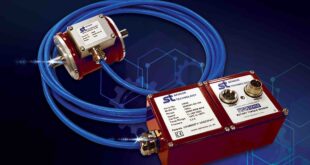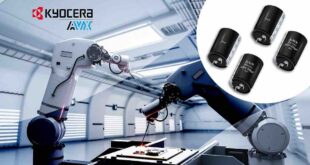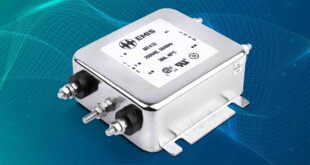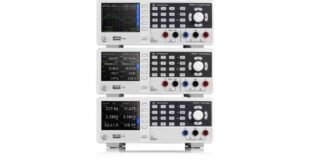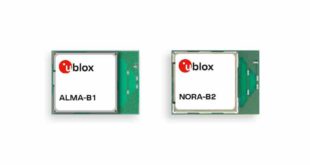Steve Hughes covers the challenges modern electronics face on the high seas
We are taught that electricity and water don’t mix. The truth is they mix very well — far too well, in fact. Electricity travels through water far more efficiently than it can through air, so it’s not hard to imagine the problems that water can cause when it gets into electronics.
Life, as we know it, depends on water. It falls from the sky and covers over 70% of the Earth’s surface.
But, likewise, modern human society runs on electricity, so the ability for electronics to function in wet environments is a strict requirement.
This is made especially clear in the marine sector. Modern high-tech shipping contributes hundreds of billions of dollars to the world economy, while facing a violent, unforgiving and corrosive sea. It’s hard to imagine a tougher environment for electronics.
Equipment must be able to cope with vibration from the engine and movement from the rolling vessel, while also being resistant to water ingress and salt-water corrosion.
Currents on the ocean
Historically, ships have been driven by sail, rowers, fossil fuelled steam and internal combustion engines.
Any electronics aboard would be relatively low-power ancillary devices, such as telecoms devices.
A water-induced failure in these systems would be undesirable and inconvenient but wouldn’t seriously risk the safety of the vessel or sailors, and it’s likely that replacements would be available.
The modern seascape has changed somewhat. Almost any vessel will have a variety of electronics onboard, from radar and GPS, to winches and propulsion. Highlighting this shift, many modern vessels sail under integrated electric propulsion (IEP).
IEP involves large diesel generators or gas turbines generating electricity, which is then distributed to electrically driven propellers and excess energy is siphoned off to provide power to the rest of the ship.
The clearest advantage of IEP over the alternatives is the elimination of heavy, noisy and high-maintenance physical clutches and gearboxes.
Speed control
In an electric motor, alternating electromagnetic fields are timed to push a rotor around. As a consequence of this, electric motors spin at an RPM defined as an integer multiple of the alternating current (AC) frequency. This effectively means that a simple electric motor has one speed, and one speed only — not an ideal configuration for a main propeller while entering port.
There are a few ways of adjusting the RPM of an electric motor. The first is to trim the AC frequency up or down. Because the motor is driven in time by the alternating electric fields, increasing the frequency would increase the RPM, and vice-versa.
However, many electronic devices depend on predictable, fixed-frequency power to function, meaning that adjustment of motor RPM by this method would make a lot of electronics incompatible.
A somewhat less subtle approach is to adjust the RPM with simple physical brakes, like those on a car, only far more substantial. Unfortunately as with any physical component, they have significant weights, need to be carefully maintained, generate heat and dust in use and will eventually wear out and need replacing.
Boats, trains and automobiles
Taking notes from electric trains and cars, an ideal solution is using electrical dynamic braking. This technique converts the kinetic energy associated with the inertia of the motor back into electrical energy, and then dissipates it through high power braking resistors, such as the ingress-resistant, water cooled BW range of high power braking resistors from REO.
Dynamic braking brings many advantages over previously mentioned methods. These systems maintain a constant AC frequency and are therefore fully electrically compatible, and braking resistors are very low maintenance and weigh significantly less in comparison to physical braking systems.
Furthermore, with the right designs, the water heated by the resistors can be used to provide heating, or the electro-kinetic energy can be captured in batteries for later use.
Electronics wouldn’t be much good if they were restricted to less than 30% of the planet. Therefore, it’s best to ensure these electric boats are shipshape, by making sure the right, ingress protected electronics are in place to deliver high performance across the high seas.
Steve Hughes is managing director of wound component manufacturer REO UK.
 Engineer News Network The ultimate online news and information resource for today’s engineer
Engineer News Network The ultimate online news and information resource for today’s engineer
